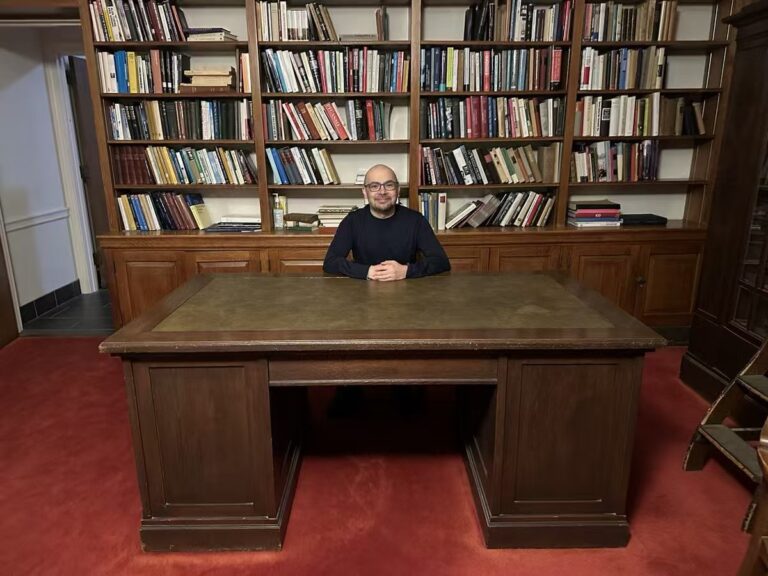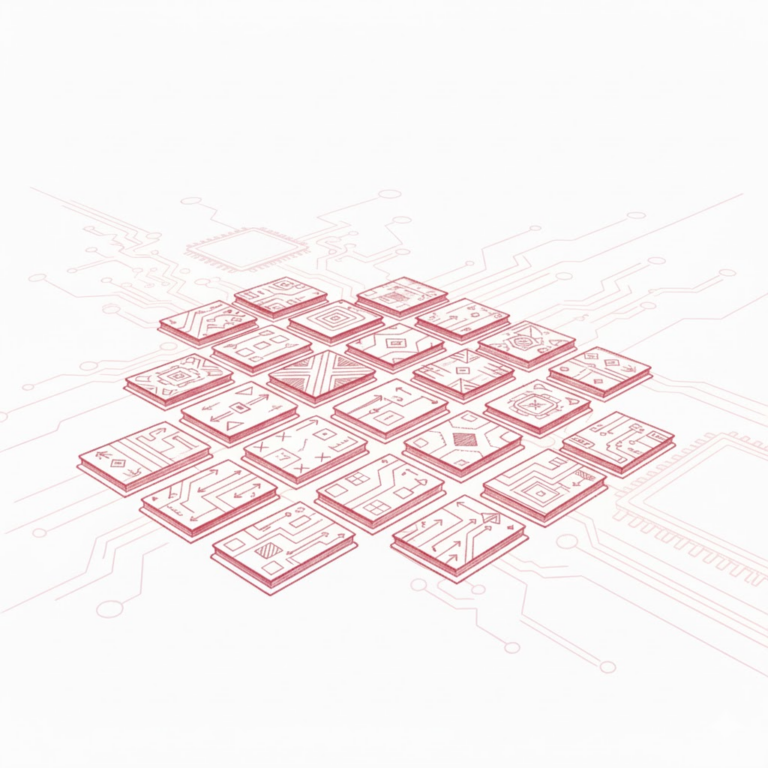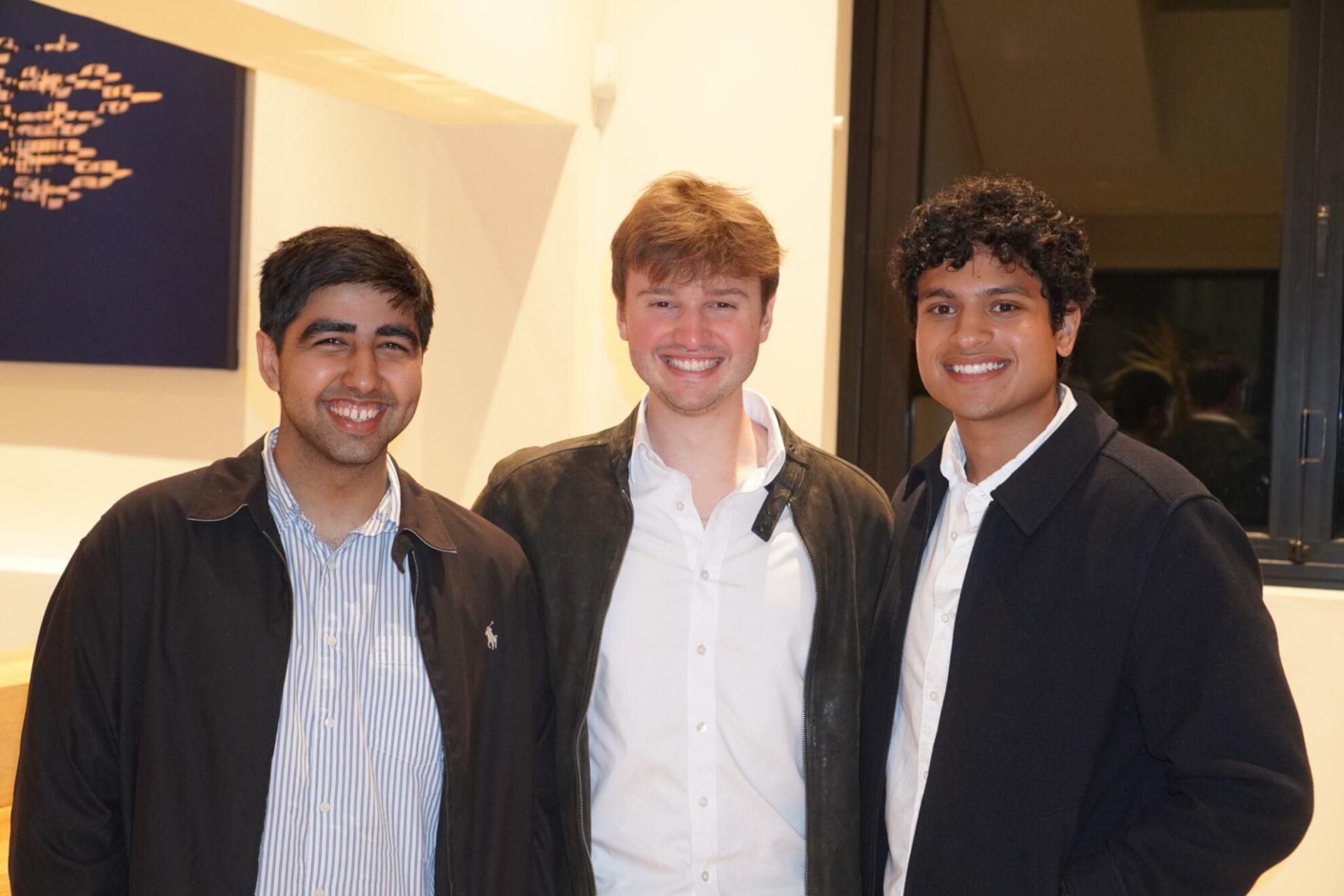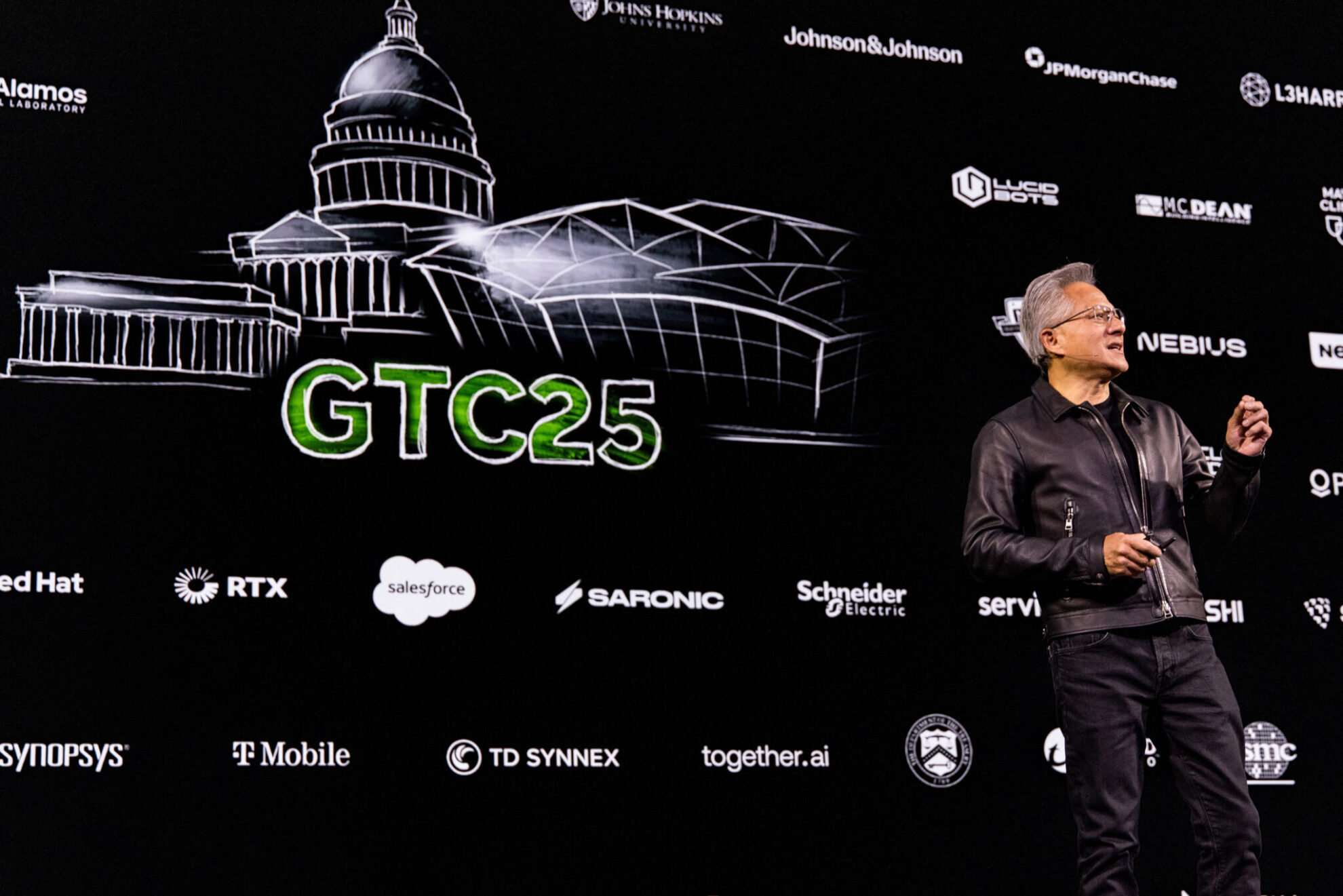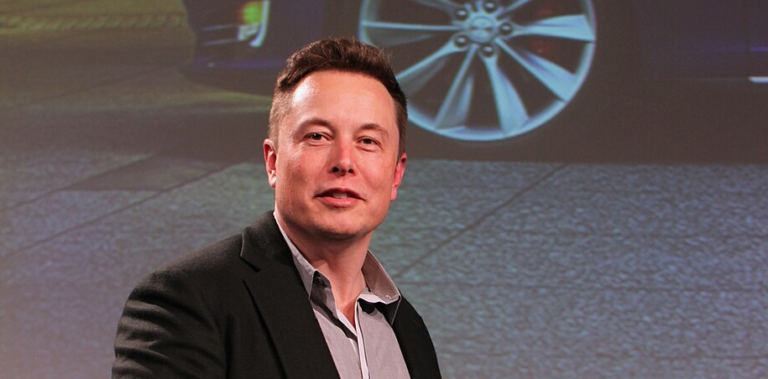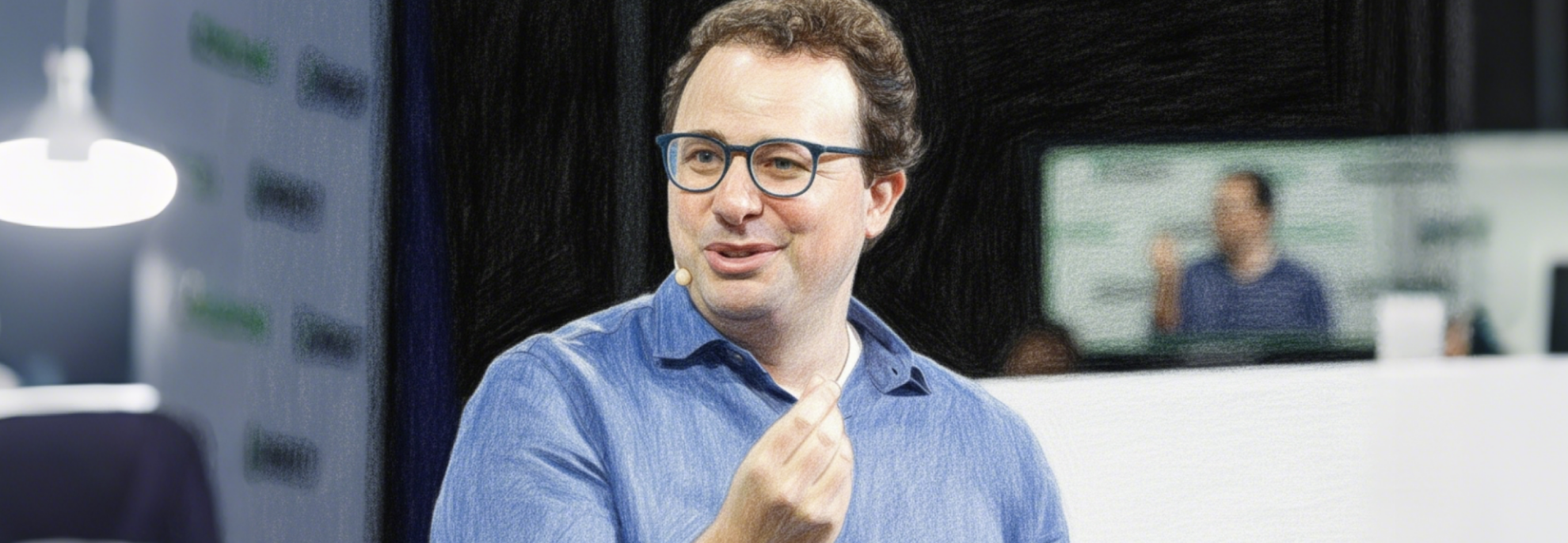Huang Renxun Talks With Masayoshi Son: Japan's New AI Pie, Arm's AI Ambitions, and Nvidia's New Opportunities in East Asia
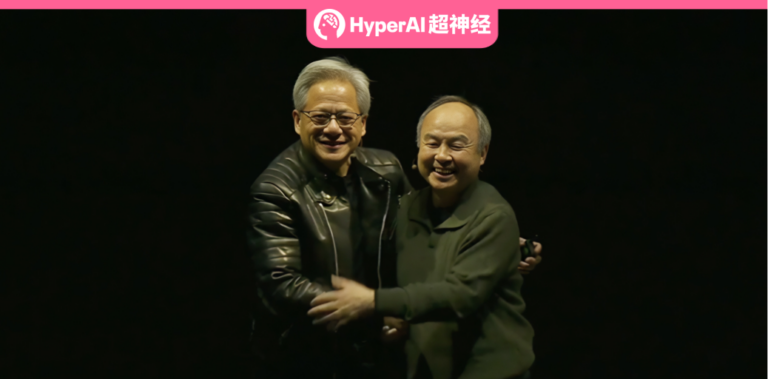
At the 2020 SoftBank World Conference, Masayoshi Son and Jensen Huang had a fireside chat about "What's Next for AI". Huang, wearing his signature leather jacket, sat by the fire and talked about the value of bringing Arm under his wing, and Masayoshi Son was generous with his praise.Said that Huang will achieve the same success as Steve Jobs in the next 10 years.
Four years later, Huang Renxun, 61, and Son Masayoshi, 67, sat together again. The topic still revolved around AI, but the personal situations of the two and the Nvidia and SoftBank they were in charge of had changed. In the past four years, Nvidia's plan to acquire Arm with huge investment failed, but it became one of the highest-flying companies in the AI boom. On the other hand, Son Masayoshi, after investing his main energy in Arm, experienced a trough, and finally ushered in a reversal in 2023 with the east wind of AI. The successful listing of Arm greatly alleviated SoftBank's revenue pressure.
Different paths lead to the same destination,Both the triumphant Huang Renxun and the ambitious Son Zhengyi are betting heavily on AI.Nvidia is known as the "arms dealer in the AI era". From large companies to unicorns, they all rely on the computing power guaranteed by its high-performance GPUs. Arm also announced in July this year that it would officially enter the field of AI chips and plans to achieve mass production next fall.
Therefore, the theme of this fireside conversation was AI. The conversation between the two began with Huang Renxun's "praise".He praised Masayoshi Son as "the only entrepreneur and innovator in the world who chooses and works with winners in every generation of technological change."Afterwards, they mainly exchanged views on the development of AI in Japan.
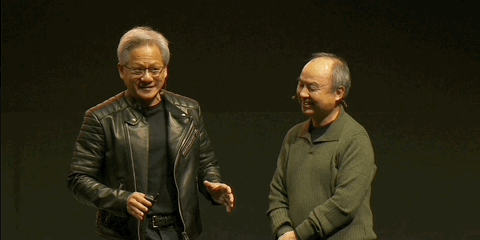
After years of disputes, Masayoshi Son regrets selling Nvidia shares at a low price
I believe everyone has heard more or less about the "love-hate relationship" between Huang Renxun and Son Masayoshi.
In 2016, Masayoshi Son, who invested in Yahoo and Alibaba, was in the limelight and acquired Arm for $32 billion, which became the largest merger and acquisition in the history of European technology at that time. It was also in this year that Masayoshi Son, known as the "investment madman", found Huang Renxun and wanted to acquire Nvidia. The result is obvious.But Masayoshi Son, who did not give up, invested $4 billion in Nvidia the following year. With this roundabout tactic, SoftBank held 4.9% of shares.
At that time, some media speculated that Son's investment was just a "delaying tactic" to slowly infiltrate and become a major shareholder. However, this strategy did not succeed. On the contrary, under pressure from revenue, Son made a decision in 2019 that he regretted deeply - clearing out Nvidia shares. We will talk about this in detail later.
Back in 2016, when Masayoshi Son was spending money like crazy, Huang Renxun began his layout - the world's first AI supercomputer DGX-1 was launched. He found Musk, who had not yet broken up with OpenAI, and donated the world's first DGX-1 to the company. In 2017, Huang Renxun took Masayoshi Son's $4 billion to replenish his arsenal and moved towards the first echelon to compete with Google. That year, relying on the gaming PC market and advanced AI chips,Nvidia's performance soared. In the fourth quarter of fiscal year 2017, its revenue reached US$2.17 billion, a year-on-year increase of 55%.
In 2018, the popularity of cryptocurrency added fuel to Nvidia's GPU supply. The emergence of "miners" around the world caused a shortage of GPU supply. As the cryptocurrency craze cooled down, coupled with the turmoil in the stock market, Nvidia had an extremely difficult 2019.Revenue for the fourth quarter ended January 27, 2019 was $2.21 billion, down 24% from $2.91 billion in the same period last year.
In the year when Huang Renxun's pressure doubled, Masayoshi Son "took the money and ran away."
At that time, Masayoshi Son was not doing well either. He was devoted to Arm, but its regular business revenue continued to decline, and new businesses continued to burn money but achieved little results. Arm was in urgent need of blood, and NVIDIA continued to fall. Masayoshi Son finally made a "wrong" decision - in January 2019, SoftBank sold all of its NVIDIA shares. At that time, some media helped Masayoshi Son do the math.Based on Nvidia's average stock price in the first quarter of 2019, SoftBank Group's sale was worth about US$7 billion, with a profit of about US$3 billion.
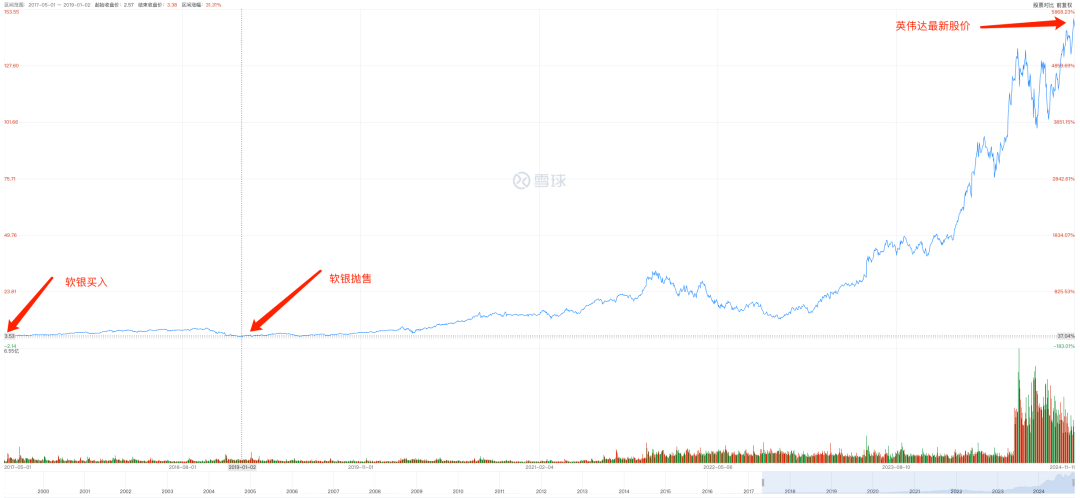
Interestingly, Masayoshi Son, who withdrew from Nvidia, also lobbied Jen-Hsun Huang to take over Arm.Huang also offered a high price of 40 billion US dollars.However, this acquisition failed to pass regulatory review and was classified as a "vertical acquisition", that is, a merger and acquisition between upstream and downstream companies in the industrial chain.
In 2019, Masayoshi Son may be glad that he stopped losses in time. Now, he bluntly said, "I regret selling Nvidia shares." Just two days before he said this, Nvidia became the world's largest company by market value. Let's do some calculations again.If Nvidia's shares had not been sold out at that time, SoftBank's holdings would be worth more than $170 billion (based on Nvidia's current share price).
Taking the express train, SoftBank is deeply tied to Nvidia
The past cannot be retrieved. I believe that with Masayoshi Son’s insight and vision, his regret for misjudging Nvidia is definitely not something that has only arisen this year. We can also see thatIn recent years, he has increasingly begun to publicly express his all-out bet on artificial intelligence.Arm, which it failed to sell at the time, became the best destination for its grand AI blueprint.
In a recent interview with CNN about future investment directions, Son publicly pointed out for the first time the core position of Arm in his AI strategy. As a technology company that almost monopolizes the global mobile phone chip market, Arm also has a very high technology utilization rate in high-end AI, AIoT and other chip fields. Son revealed,Arm It is transforming into an AI-centric chip company.
In addition to the chip field, Son also expressed a keen interest in AI robotics. He believes thatWhen artificial superintelligence (ASI) is combined with robotics, it will give rise to remarkable innovative products.This may be one of the important directions for his future investment. When talking about the difference between artificial general intelligence (AGI) and artificial super intelligence (ASI), Masayoshi Son gave a clear definition. He believes that AGI is the same level of intelligence as the human brain, while ASI is 10,000 times smarter than the human brain.
It is worth noting that at the beginning of this year,Bloomberg revealed that Masayoshi Son is seeking to raise US$100 billion (approximately RMB 700 billion) to establish an AI chip company.Arm is transforming into AI chips internally and seeking new investments externally. Many media speculate that this move is already a challenge to Nvidia.
However, the competitive atmosphere did not spread to this conversation.Huang Renxun also announced the in-depth cooperation between NVIDIA and SoftBank Group.
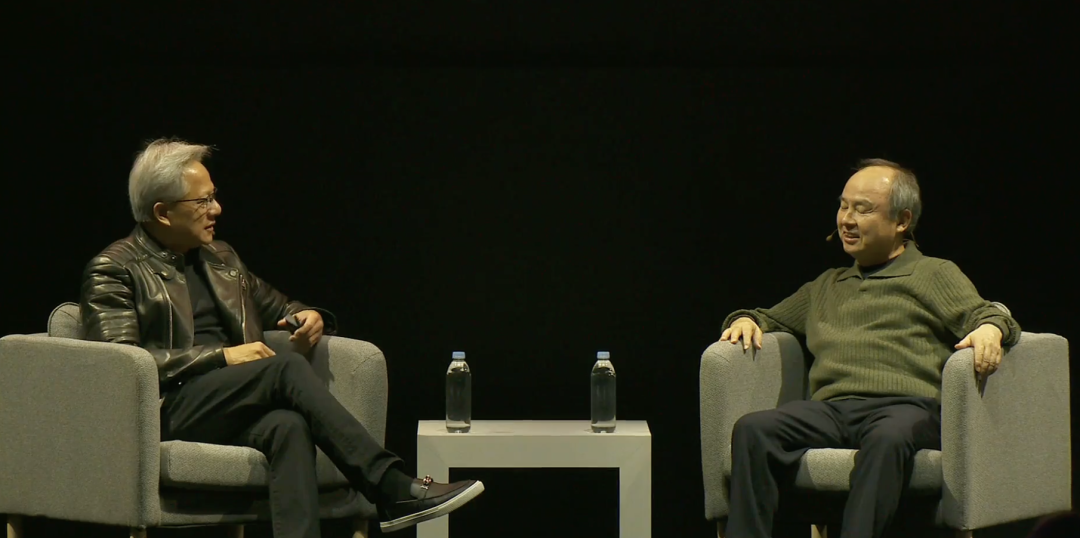
According to reports, SoftBank is using the NVIDIA Blackwell platform to build Japan's most powerful artificial intelligence supercomputer.And plans to use the NVIDIA Grace Blackwell platform to build its next supercomputer.SoftBank plans to use its Blackwell-powered DGX SuperPODs for generative AI development and AI-related businesses at universities, research institutes, and businesses across Japan.
In addition, SoftBank successfully trialed the world’s first combined artificial intelligence and 5G telecommunications network using the NVIDIA AI Air accelerated computing platform.
Japan wants to seize the AI opportunity with heavy subsidies
As mentioned earlier, during this conversation, the two did not talk much about Arm and its transformation. Instead, they peacefully planned for the development of AI in Japan.
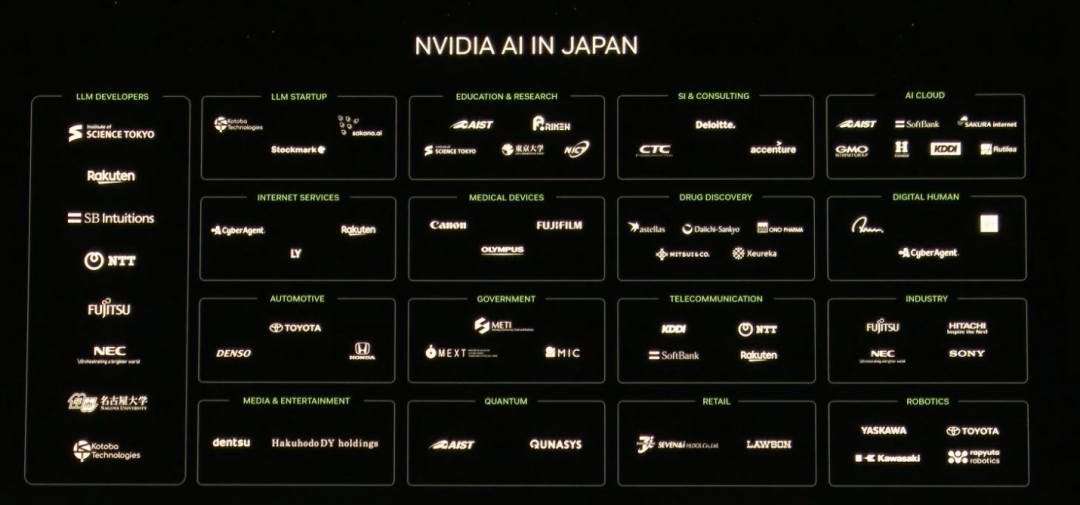
Japan, which has experienced peaks and troughs in global technological development, is now trying to catch up using AI.
As we all know, Japan was once the leader in the semiconductor industry. In the 1980s, it surpassed the United States and ranked first in semiconductor market sales. However, the booming semiconductor industry in Japan also caused dissatisfaction in some countries. The trade friction between the United States and Japan continued to escalate, and the two sides finally signed the "Japan-US Semiconductor Agreement", which greatly restricted the development of Japan's industry. In addition, as large-scale communication equipment and computers turned to more compact and flexible personal computers, market demand also changed. Japanese companies that failed to adjust in time gradually lost their competitiveness.
As times change and AI becomes the center of global technology, Japan, which was once at the tail end of the pack, has gradually removed the constraints of the United States and tried to revive the chip industry based on its previous accumulation in semiconductor design and manufacturing, and thereby return to the main arena of international technological competition.
The Japanese government recently announced a plan toPromises to provide more than $65 billion in financial support to the country's semiconductor and AI industries over the next 10 years.Aims to enhance Japan's position in global technological competition and promote economic growth through large-scale investment.
Nvidia, located on the other side of the ocean, is actually also a beneficiary of various measures of the Japanese government. Japanese companies that receive government subsidies may turn around and give money to Nvidia.
For example, after receiving a subsidy from the Japanese government, Sakura, a Japanese digital infrastructure service provider, announced that it would strengthen its generative AI cloud service "High Firepower" and planned to increase the number of GPUs equipped in "High Firepower" to five times the original plan, with about 10,000 GPUs.This includes NVIDIA HGX B200.
In this conversation, Son said frankly,The era of artificial intelligence is a "reset", and the Japanese government has not tried to suppress this AI revolution. Now is the time to catch up with this revolution, and "we cannot miss it."Huang Renxun also believes that Japan needs to take advantage of this opportunity, and it has indeed done so.
Final Thoughts
Interestingly, at the end of the conversation, the two also briefly reviewed the acquisitions and being acquired, buying and selling out of that year.
Masayoshi Son said to Huang Renxun 10 years ago: "The market does not understand the value of Nvidia. Your future is incredible. Your painful journey will continue for some time because you are exploring the future. So, let me provide you with funds to buy Nvidia."
Huang Renxun laughed and said, "He wanted to lend me money to buy Nvidia, but now I regret not accepting it."
Today, perhaps no one dares to boast that they will "buy" Nvidia. In the foreseeable future, the company's development potential is bound to drive its market value to remain high. Now that SoftBank and Nvidia have reached a cooperation, can they catch this express train and inject vitality into the Japanese market? We might as well wait and see.
References:
1.https://mp.weixin.qq.com/s/5Hzj9vb0F7Ipb6h3bFRosw
2.https://mp.weixin.qq.com/s/zAETwlLqmxvlrv0m0NnubQ

